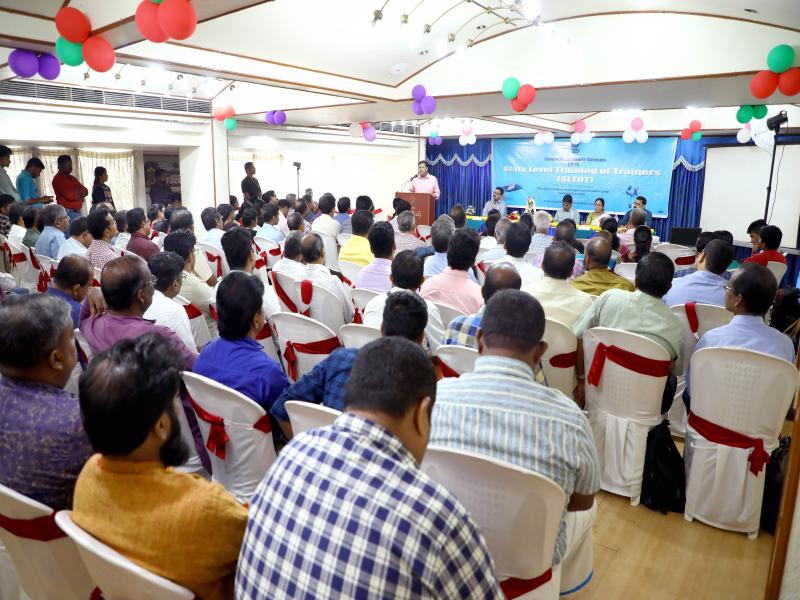
A New Era for Labour Statistics in India
India’s employment data landscape is undergoing a major transformation. Starting January 2025, the Periodic Labour Force Survey (PLFS)—India’s primary source of labour statistics—will feature an expanded scope and a new calendar-year reporting structure. The Ministry of Statistics and Programme Implementation (MoSPI) announced these crucial updates on May 15, 2025, signaling a shift towards more detailed and timely insights into the country’s workforce and household income dynamics.
With the inclusion of additional parameters such as monthly income from rent, pension, interest, and remittances, along with land possession and land leased out, the revamped PLFS promises to paint a more holistic picture of economic activity across Indian households.
Key Changes in PLFS 2025: What’s New?
1. Shift to Calendar-Year Reporting
One of the most significant changes is the shift from a July–June cycle to a calendar year reporting format (January–December). This will align the labour survey with international standards and improve comparability across datasets, including GDP and other macroeconomic indicators.
2. Monthly Bulletins for Timely Insights
MoSPI will now release monthly PLFS bulletins, beginning with the April 2025 data to be published in May. This enhancement will ensure quicker dissemination of employment and unemployment trends, enabling faster policy responses in times of economic stress or growth.
3. More Granular Household Income Data
The revamped survey will collect household-level income data from rent, pension, interest, and remittances—a significant upgrade from previous iterations. This will help policymakers and researchers gain insights into non-wage income sources, which are especially crucial in rural and semi-urban areas where informal income plays a major role.
4. Land Possession and Leasing Data
For the first time, PLFS will gather data on land held and land leased out by households. This will add depth to existing labour metrics by linking land ownership with employment patterns, agricultural activity, and rural livelihoods.
Why These Changes Matter: Policy and Economic Implications
The Indian economy is complex, with a significant portion of households dependent on informal work and non-wage income. Traditional labour surveys, while useful, have often failed to capture the nuances of household-level financial resilience, especially in rural areas.
By adding rent income and remittances to the PLFS:
-
Remittances in India, both domestic and international, will now be systematically documented in a national labour survey. This helps in understanding the economic role of migrant workers and the regions they support.
-
Rent and interest income data will offer insights into asset ownership, wealth inequality, and financial inclusion.
The inclusion of land possession data is also significant. Land is a critical asset in India—often linked to employment, inheritance, and economic power. By tracking both land held and leased out, the survey can identify:
-
The prevalence of tenant farming
-
The extent of land fragmentation
-
Regional patterns of land-based income and labour dependence
These factors are crucial for crafting effective agricultural, rural employment, and land reform policies.
Better Planning, Better Outcomes
The revamped PLFS will be a powerful tool for a range of stakeholders:
-
Policymakers can use real-time employment trends to shape job creation schemes, wage subsidy programs, or skill development initiatives.
-
Economists and researchers can study the informal sector, gender gaps in income, and how non-labour income buffers families during downturns.
-
State governments can get region-specific data on employment, land ownership, and remittance inflows to tailor state-level interventions.
This also enhances India’s statistical credibility on a global stage, aligning national labour metrics more closely with ILO and OECD standards.
A Future-Ready Labour Survey
With the rollout of the revamped PLFS 2025, India is taking a bold step toward modernizing its labour and income data ecosystem. The integration of rent income, remittances, and land data, along with the move to calendar-year reporting and monthly bulletins, marks a significant upgrade in the way employment trends are monitored and understood.
This evolution will not only ensure more accurate representation of India’s diverse economic realities but will also empower decision-makers to design more inclusive and evidence-based policies in the years to come.